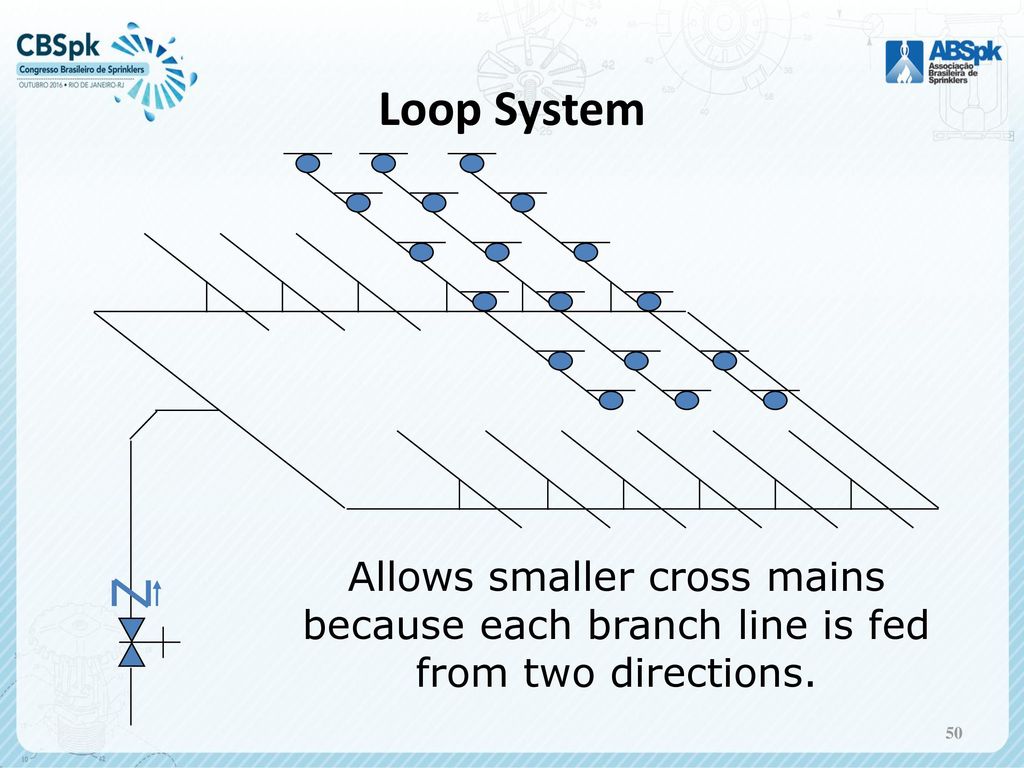
In an NFPA 13R application, this high flow may be exacerbated by building height, resulting in higher-than-anticipated system design pressures.Īs a system designer, you must make sure that all affected disciplines realize the types of flow requirements a fire sprinkler system demands. Depending on coverage areas, sprinkler type and ceiling slope, individual residential fire sprinkler flow may actually be in excess of 20 gpm. And keep in mind, eight gpm is the minimum flow requirement for a 12x12-foot area. These flow rate requirements apply to all types of residential fire sprinkler systems, whether multipurpose or standalone.

The resulting system should be several percentage points less expensive - from an installed-cost standpoint - than the two systems it replaces if they were run independently. As a result, one redundant piping system is eliminated, reducing material and labor costs, as well as reducing construction and coordination time on site.

A relatively new option in the residential fire sprinkler market, these systems are quickly gaining acceptance and even preference in many municipalities.Ī multipurpose residential fire sprinkler system, by definition, combines the domestic potable cold-water system with the residential fire sprinkler system. Many developers and builders are unaware of the cost reductions that they and their communities can achieve by installing multipurpose residential fire sprinkler systems in their projects. Their resistance is usually rooted in misconceptions regarding either cost or performance. Residential fire sprinkler systems seem to be an obvious answer to many of these obstacles, yet many groups object to their installation.
#LOOP FIRE SPRINKLER SYSTEM DESIGN MANUAL#
New residential growth requires large water mains, wide roads and closely spaced fire hydrants for manual fire suppression. Fire Protection & Design Special Section.Ethan Grossman: Water Cooler Conversations.

#LOOP FIRE SPRINKLER SYSTEM DESIGN PROFESSIONAL#


 0 kommentar(er)
0 kommentar(er)
